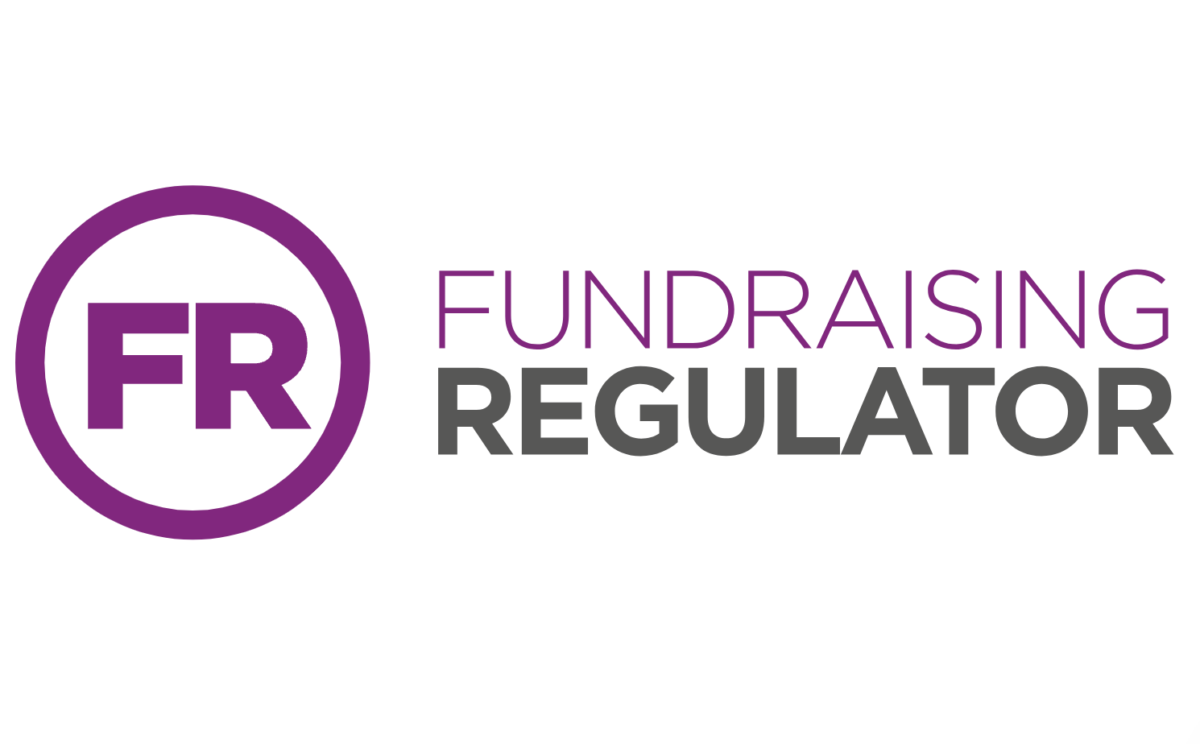Methods where public have ‘greater agency & choice’ over interacting rated most popular

Fundraising techniques where people have greater agency and choice over their interactions were the most highly rated in in a survey for the Fundraising Regulator. Sponsorship of individuals and online fundraising came top, with door to door and public fundraising at the bottom.
Opinium Research conducted the survey of more than 3,000 UK adults for the Fundraising Regulator to help it better understand the public’s perceptions, experience, and expectations of, charitable fundraising. The findings from the research will also feed into the review of the Code of Fundraising Practice.
Nine fundraising approaches were covered in the research, and on average, just over half of those surveyed (52%) said they were comfortable across all the methods combined.
Advertisement
Door to door & public fundraising ‘least comfortable’ for public
The Regulator’s report shows that door to door fundraising was the method respondents said they were least comfortable with, at 75%. Those uncomfortable with this approach were significantly more likely to be older, female and living in a suburban or rural area, while people with a disability were also significantly more likely to be uncomfortable with door-to-door fundraising.
In the report, the Regulator says:
“The levels of discomfort with this approach should not be underestimated, with nine-in-ten of those aged over 55 uncomfortable with fundraisers trying to obtain support via this means.”
It also said that the findings send ‘a stark message to the regulator that further guidance on this area may be needed’.
62% in the survey said their most recent experience with it was negative, with 60% saying that as a result they would be unlikely to engage in this way in the future. In addition, half said they would be less likely to support charities in the future because of their experience. 17% said they had had a positive experience with it.
Public fundraising also received a low rating, with 40% of those surveyed saying they viewed it somewhat or very negatively.
Sponsorship & online fundraising most highly rated
In comparison, 65% said they viewed sponsorship positively. Online fundraising was the second most highly rated technique, with 54% rating their last experience either somewhat or very positively. Lotteries/ raffles/ prize draws and charity bags were also methods with higher levels of comfort, with the Regulator observing that “These are methods where the public have greater agency and choice over whether they interact, thus potentially resulting in greater acceptance”.
‘Generally positive’ public perception of charity sector
Overall, the research found that public perception of the charity sector is generally positive, with half of those surveyed saying they trust charities in general to deliver on their promises.
There were however significantly lower levels of trust for charities among the 55 and over age group compared to 18-34 year olds. Looking specifically at trust in charitable fundraising, more than two-thirds overall said they trust at least some charity fundraisers, while 15% trust all charity fundraisers, and 16% trust none.
When asked about their lack of trust of charity fundraisers, participants referred back to their own past negative experiences as well as press around charity scandals. Lack of transparency over where the money is going was mentioned by 42%, with concern over corruption and scams highlighted by 26%.
30% said they ‘regularly’ supported a charity, with a higher percentage (41%) saying they sometimes did. Just under a third (29%) said they didn’t currently support a charity, with around one-in-ten (12%) saying that they wouldn’t consider doing so in the future.
Commenting on the research in a blog post, Paul Winyard, the Regulator’s Head of Policy said they were encouraged to hear that overall the public’s experience of most fundraising methods was more likely to be viewed positively than negatively.
On face-to-face methods, he added:
“We know that face-to-face methods are important to charities because they allow them to communicate directly to potential donors the need for and the impact of donations. Indeed, the research showed that for people who donated via these approaches, they often appreciated the information that was provided. Nevertheless, it’s important that the behaviour of fundraisers does not create a pressured experience, and is not excessively intrusive, especially at inconvenient times.”
Recommendations for charities
The Fundraising Regulator makes a series of recommendations in the report based on the findings, both for charities and other fundraising organisations, and for itself.
For the former, it recommends ensuring fundraising staff have appropriate training, support and monitoring to meet Code of Fundraising Practice standards, being particularly sensitive to the needs of people in vulnerable circumstances and older people.
It also recommends that they use their experience of fundraising with the public to identify what works well and test ways in which unsolicited fundraising can be made less intrusive.
Charities and fundraising organisations should also continuously consider and promote safeguards to promote public confidence that donations are going to the right place and that data is secure, and if registered with the Fundraising Regulator, display the fundraising badge and be able to explain to the public what this means in practice.
Sector response
Commenting on the report, Claire Stanley, director of policy and communications at the Chartered Institute of Fundraising, said:
“It is encouraging to hear that, overall, public trust in charities is high, with the majority of those who are able to donate during these challenging economic times, finding giving and supporting charities to be a positive experience. Our members work hard to maintain the integrity of the sector and build on that public trust.
“And in recent years when organisations have faced both social and economic challenges, public fundraising has been one of the most effective and valuable forms of fundraising for so many charities across the country. It remains the method of fundraising that generates the most regular supporters for our members as well as engagement with the public and increasing awareness of good causes that they may wish to support. The Code of Fundraising Practice states that all fundraising ‘must be legal, open, honest and respectful’ – and our members who carry out public fundraising sign up to support and comply with the Code. If, in the instance of door-to-door fundraising, a person has a no cold-callers sign displayed, we are confident that our members will respect that and move on. We will continue to work with our members and the Fundraising Regulator to provide ongoing support and updated guidance where it is required, to ensure the Code continues to be upheld.”
Also commenting, Dominic Will, Managing Director at Gather Campaigns said:
“It’s always a good thing to take the temperature of public feelings towards different forms of fundraising so that charities can stay informed, but it needs to be taken in context and without negative bias. It’s important to note that when it comes to engaging and recruiting new and regular donors, face-to-face regularly outperforms most other channels and has been a successful part of fundraising life for decades.
“We should remember that general perception doesn’t always correspond with actions and results. People may say they aren’t keen when they don’t really mean it, when actually it depends on relevancy. If the message strikes a chord and means something to the individual it then feels very right to engage and donate. This is exactly why one to one conversations are so important and make such a difference.”





